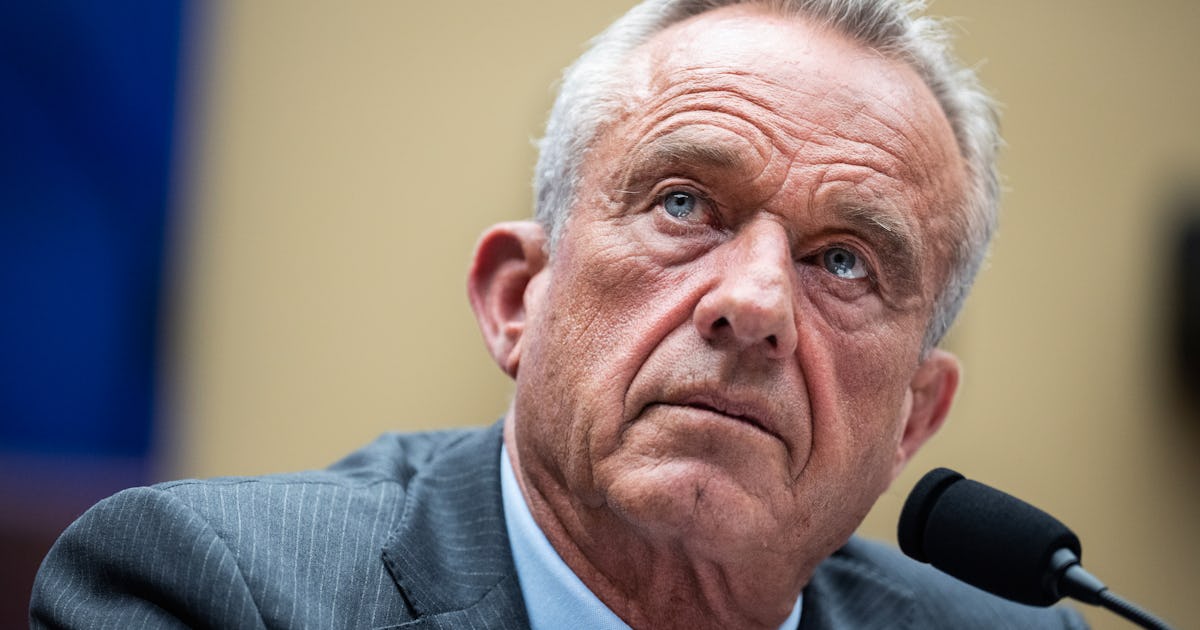CDC ends emergency response to H5N1 bird flu | CNN
The US Centers for Disease Control and Prevention says it has ended its emergency response to H5N1 bird flu, citing a drop in cases.
“As reports of animal infections with avian influenza A(H5N1) virus (“H5N1 bird flu”) have declined and no human cases have been reported since February 2025, on July 2, 2025, CDC’s H5N1 emergency bird flu response was deactivated to transition back to regular program activity,” a spokesperson for the US Department of Health and Human Services said in a statement Monday.
The spokesperson said that surveillance, readiness and response for influenza – including H5N1 bird flu – will continue under the CDC’s influenza division and other appropriate agency programs.
Dr. Nirav Shah, who resigned this year from his position as CDC principal deputy director, says he would have also chosen to end the emergency response.
“This was not something that was imposed from the top down. It was initiated by the career scientists at CDC,” said Shah, now a visiting professor at Colby College in Maine. “The rationale is, in short, there haven’t been any human cases. And so there is not the need to sprint all-out every single day when there haven’t been human cases in a while. If there were to be more human cases, it is very easy to ratchet back up the level of the intensity of the response. It can literally be done in an afternoon.”
The end of the bird flu emergency was first reported by Bloomberg News.
H5N1 was first identified in the late 1990s and has caused sporadic outbreaks around the world. Since 2022, the virus has affected nearly 175 million birds in the US, including wild birds, commercial flocks and backyard flocks.
It has also spread to dozens of species of mammals in more than 100 countries around the world. In early 2024, the virus infected dairy cattle in the United States and became a threat to the dairy industry. Over the past 14 months, it spread to more than 1,000 herds across 17 states.
A total of 70 human cases have been reported in the United States, with one death.
The CDC H5N1 emergency was declared April 4, 2024, and allowed for additional support to the public health response, such as staffing.
Reports of cases have slowed, but experts note that there’s a seasonality to bird fu, with cases peaking in the fall or early winter. Changes at federal health agencies may mean some milder cases are going undetected, they say, but it’s unlikely that serious cases are being missed.
“The current public health risk from H5N1 bird flu is low, however, CDC will continue to monitor the situation and scale up activities as needed,” the HHS spokesperson said.
You may also like...
Diddy's Legal Troubles & Racketeering Trial

Music mogul Sean 'Diddy' Combs was acquitted of sex trafficking and racketeering charges but convicted on transportation...
Thomas Partey Facing Rape & Sexual Assault Charges

Former Arsenal midfielder Thomas Partey has been formally charged with multiple counts of rape and sexual assault by UK ...
Nigerian University Admission Policy Changes

JAMB has clarified its admission policies, rectifying a student's status, reiterating the necessity of its Central Admis...
Ghana's Economic Reforms & Gold Sector Initiatives

Ghana is undertaking a comprehensive economic overhaul with President John Dramani Mahama's 24-Hour Economy and Accelera...
WAFCON 2024 African Women's Football Tournament

The 2024 Women's Africa Cup of Nations opened with thrilling matches, seeing Nigeria's Super Falcons secure a dominant 3...
Emergence & Dynamics of Nigeria's ADC Coalition

A new opposition coalition, led by the African Democratic Congress (ADC), is emerging to challenge President Bola Ahmed ...
Demise of Olubadan of Ibadanland
Oba Owolabi Olakulehin, the 43rd Olubadan of Ibadanland, has died at 90, concluding a life of distinguished service in t...
Death of Nigerian Goalkeeping Legend Peter Rufai

Nigerian football mourns the death of legendary Super Eagles goalkeeper Peter Rufai, who passed away at 61. Known as 'Do...




